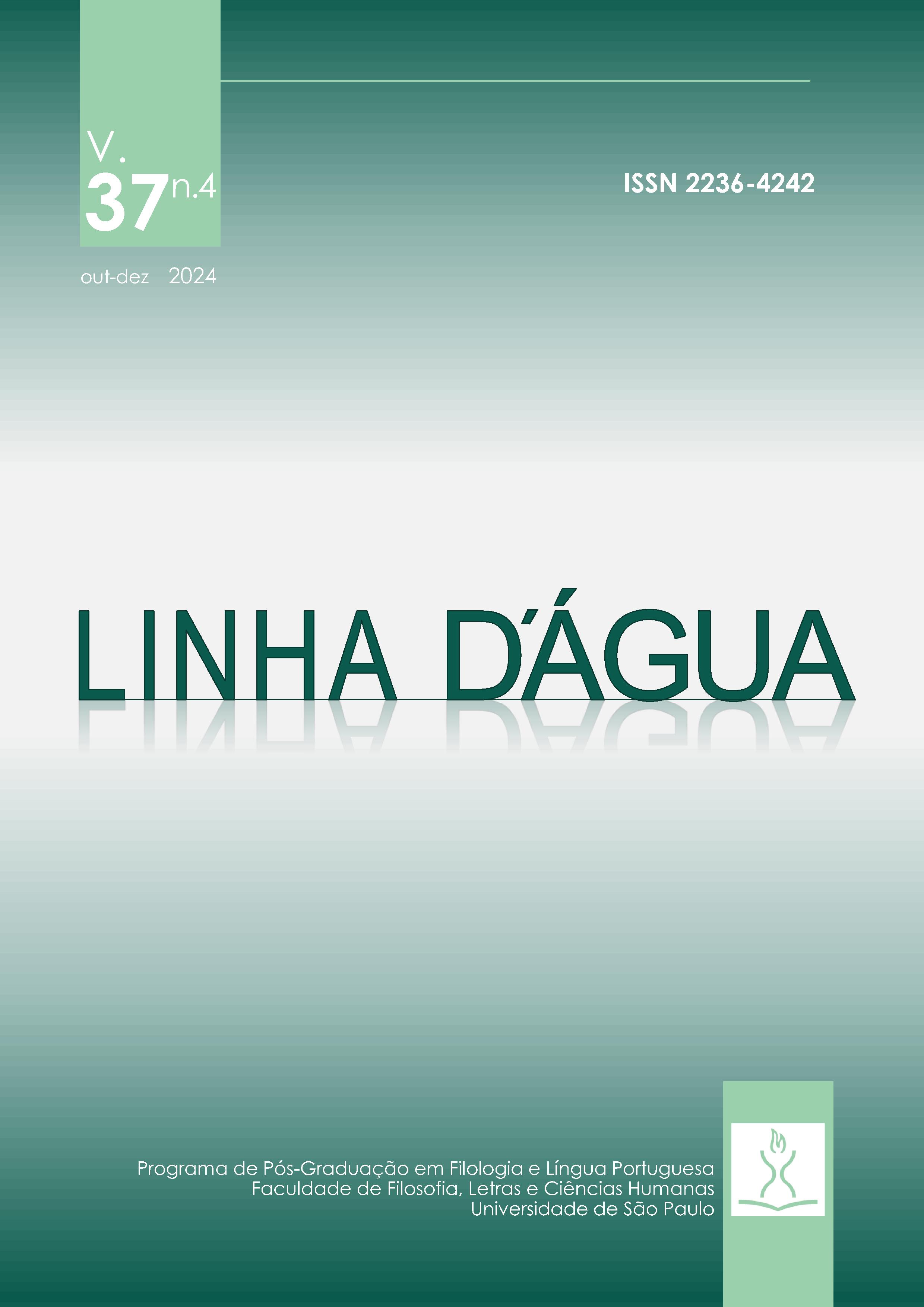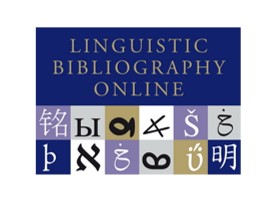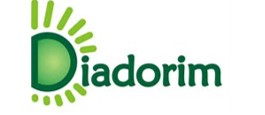A contextual description of the ‘open letter’ genre
DOI:
https://doi.org/10.11606/issn.2236-4242.v37i4p275-297Keywords:
Epistolary genre, Contextual analysis, Systemic Functional LinguisticsAbstract
Drawing on Systemic Functional Linguistics, this article aims to describe the contextual patterns that define the epistolary genre known as ‘open letter’. Using a methodological procedure that combines, through contextual system networks, qualitative analyses with the quantitative categorization of a corpus of texts emically described as ‘open letters’, we perform a multidimensional investigation of what defines this sociosemiotic practice in contextual terms, thus complementing approaches that focus on its compositional structure. As a result, we have identified (a) a global pattern, motivated by the "openness" of the genre and characterized by a sociometric bias, public mode, and a categorical audience, and (b) two more specific patterns: a “traditional-argumentative” one, linked to an argumentative institutionality, and an “innovative-affective” one, associated with the public sharing of individual emotions made possible by digital technologies.
Downloads
References
BEZERRA, M. A. Por que cartas do leitor na sala de aula? In: DIONISIO, A. P.; MACHADO, A. R.; BEZERRA, M. A. (org.). Gêneros textuais e ensino. Rio de Janeiro: Lucerna, 2007. p. 208-216.
BRITO, A. M.; ALTAFINI, B. A. S. Proposta de sequência didática: a carta aberta. Philologus, v. 20, n. 60, p. 2216-2227, 2014.
BRITO, L. M. S. Ressignificando a produção textual na EJA: uma experiência com o gênero textual carta aberta. Dissertação (Mestrado Profissional em Letras) – Centro de Ciências Aplicadas e Educação, Universidade Federal da Paraíba, Mamanguape, 2015.
COSTA, J. F. A coesão sequencial em textos do gênero carta aberta: proposta de intervenção para o ensino fundamental. Dissertação (Mestrado Profissional em Letras) – Centro de Ensino Superior do Seridó, Universidade Federal do Rio Grande do Norte, Currais Novos, 2019.
FARHAT, T. C. Movimentos afiliativos em interações digitais: explorações em postagens multimodais. EntreLetras, v. 13, n. 1, p. 317-343, 2022a. DOI: https://doi.org/10.20873/uft2179-3948.2022v13n1p317-343
FARHAT, T. C. Multimodalidade e contexto: problemas, assunções e hipóteses. Entrepalavras, v. 12, n. 3, p. 38-61, 2022b. DOI: http://dx.doi.org/10.22168/2237-6321-32536
FARHAT, T. C. Uma nova descrição sistêmico-funcional das relações interactanciais. Dissertação (Mestrado em Filologia e Língua Portuguesa) – Faculdade de Filosofia, Letras e Ciências Humanas. Universidade de São Paulo. São Paulo. 2025.
FARHAT, T. C.; GONÇALVES-SEGUNDO, P. R. Identidades em comunhão: estratégias multimodais de individuação em um grupo de Facebook. Texto Digital, v. 17, n. 2, p. 35-71, 2021. DOI: https://doi.org/10.5007/1807-9288.2021.e79738
FARHAT, T. C.; GONÇALVES-SEGUNDO, P. R. Entre o falar e o fazer: AÇÃO VERBAL e AÇÃO MATERIAL como parâmetros contextuais. Revista do GEL, v. 20, n. 2, p. 149–177, 2023. DOI: http://dx.doi.org/10.21165/gel.v20i2.3462
FIGUEREDO, G. P. Introdução ao perfil metafuncional do português brasileiro: contribuições para os estudos multilíngues. Tese (Doutorado em Linguística Aplicada) – Faculdade de Letras, Universidade Federal de Minas Gerais, Belo Horizonte, 2011.
HALL, E. T. The Hidden Dimension. New York: Anchor Books, 1966.
HALLIDAY, M. A. K.; HASAN, R. Language, Context, and Text: Aspects of Language in a Social-semiotic Perspective. London: Oxford University Press, 1989.
HALLIDAY, M. A. K.; MATTHIESSEN, C. M. I. M. Introduction to Functional Grammar. 4. ed. New York/London: Routledge, 2014.
HASAN, R. Speaking with reference to context. In: GHADESSY, M. (ed.) Text and Context in Functional Linguistics. Amsterdam: John Benjamins, 1999. p. 219-328.
HASAN, R. Choice, System, Realisation: Describing Language as Meaning Potential. In: FONTAINE, L.; BARTLETT, T.; O’GRADY, G. (ed.). Systemic Functional Linguistics: Exploring Choice. Cambridge: Cambridge University Press, 2013. p. 269-299.
HASAN, R. Towards a paradigmatic description of context: systems, metafunctions, and semantics. Functional Linguistics, v. 1, n. 1, p. 1-54, 2014. DOI: https://doi.org/10.1186/s40554-014-0009-y
HASAN, R. Tenor: Rethinking interactant relations. Language, Context and Text, v. 2, n. 2, p. 213–333, 2020. DOI: https://doi.org/10.1075/langct.00029.has
KNAPP, M. L.; VANGELISTI, A. L.; CAUGHLIN, J. P. Interpersonal communication and human relationships. Londres: Pearson, 2014.
MARTIN, J. R. English Text: System and Structure. Philadelphia: John Benjamins, 1992.
MARTIN, J. R. Systemic Functional Grammar: a next step into the theory – axial relations. Beijing: Higher Education Press, 2013.
MARTIN, J. R.; WHITE, P. The Language of Evaluation: Appraisal in English. Hampshire: Palgrave, 2005.
MATTHIESSEN, C. M. I. M. Multisemiosis and context-based register typology: Registerial variation in the complementarity of semiotic systems. In: VENTOLA, E.; GUIJARRO, A. J. M. (ed.). The World Told and the World Shown: Multisemiotic Issues. Palgrave Macmillan, London, 2009. p. 11-38.
MATTHIESSEN, C. M. I. M. Applying systemic functional linguistics in healthcare contexts. Text & Talk, v. 33, n. 4-5, p. 437-466, 2013. DOI: https://doi.org/10.1515/text-2013-0021
MATTHIESSEN, C. M. I. M. Register in the round: registerial cartography. Functional Linguistics, v. 2, p. 1-48, 2015. DOI: https://doi.org/10.1186/s40554-015-0015-8
MATTHIESSEN, C. M. I. M. System in Systemic Functional Linguistics: A System-based Theory of Language. Sheffield: Equinox, 2023.
MATTHIESSEN, C. M. I. M.; GUO, E. Matthiessen’s thoughts on some key issues in systemic functional linguistics. Word, v. 66, n. 2, p. 130-145, 2020. DOI: https://doi.org/10.1080/00437956.2020.1769921
MATTHIESSEN, C. M. I. M; TERUYA, K. Systemic Functional Linguistics: A Complete Guide. London: Routledge, 2024.
OLIVEIRA, N. A. F; ZANUTTO, F. O gênero carta aberta: da interlocução marcada à interlocução esperada. In: ANTONIO, J. D.; NAVARRO, P. (org.). Gêneros textuais em contexto de vestibular. Maringá: Eduem, 2017. p. 133-151.
POYNTON, C. Language and gender: Making the difference. 2a ed. Oxford: Oxford University Press, 1989.
Downloads
Published
Issue
Section
License
Copyright (c) 2024 Theodoro C. Farhat

This work is licensed under a Creative Commons Attribution-NonCommercial 4.0 International License.
The Editorial Board authorizes free access to and distribution of published contentes, provided that the source is cited, that is, granding credit to the authors and Linha D'Água and preserving the full text. The author is allowed to place the final version (postprint / editor’s PDF) in an institutional/thematic repositor or personal page (site, blog), immediately after publication, provided that it is available for open access and comes without any embargo period. Full reference should be made to the first publication in Linha D'Água. Access to the paper should at least be aligned with the access the journal offers.
As a legal entity, the University of São Paulo at Ribeirão Preto School of Philosophy, Sciences and Languages owns and holds the copyright deriving from the publication. To use the papers, Paidéia adopts the Creative Commons Licence, CC BY-NC non-commercial attribution. This licence permits access, download, print, share, reuse and distribution of papers, provided that this is for non-commercial use and that the source is cited, giving due authorship credit to Linha D'Água. In these cases, neither authors nor editors need any permission.
Partial reproduction of other publications
Citations of more than 500 words, reproductions of one or more figures, tables or other illustrions should be accompanied by written permission from the copyright owner of the original work with a view to reproduction in Linha D'Água. This permission has to be addressed to the author of the submitted manuscript. Secondarily obtained rights will not be transferred under any circumstance.
How to Cite
Funding data
-
Fundação de Amparo à Pesquisa do Estado de São Paulo
Grant numbers 2022/10527-5;2023/04354-3










